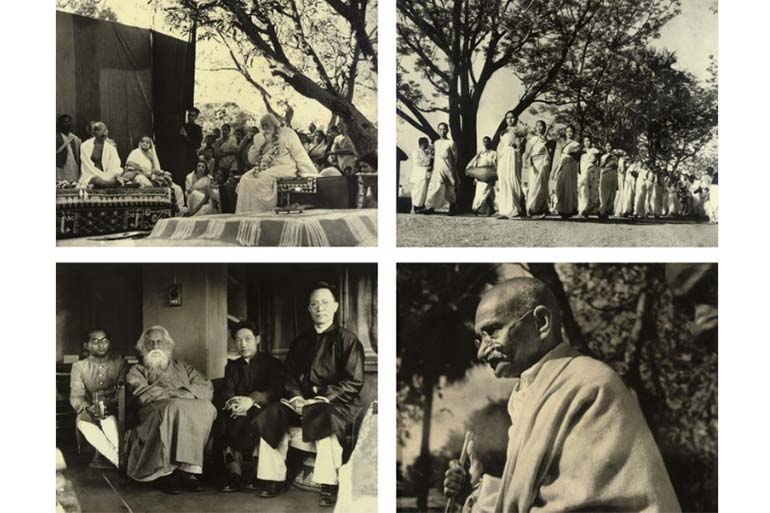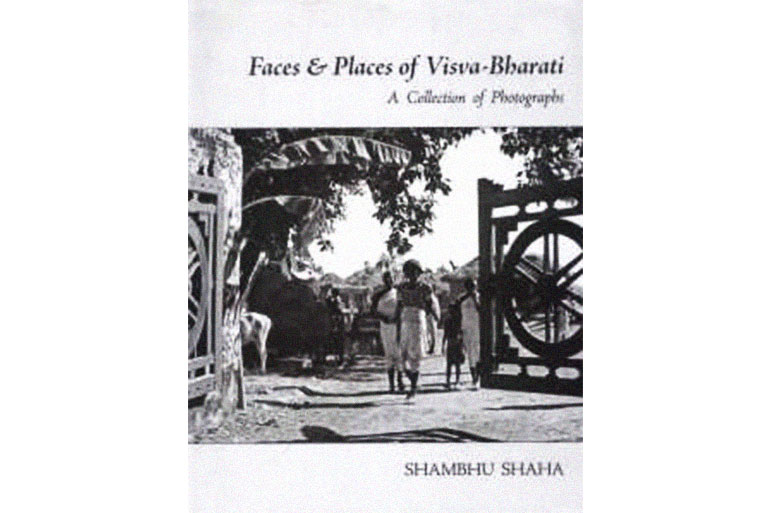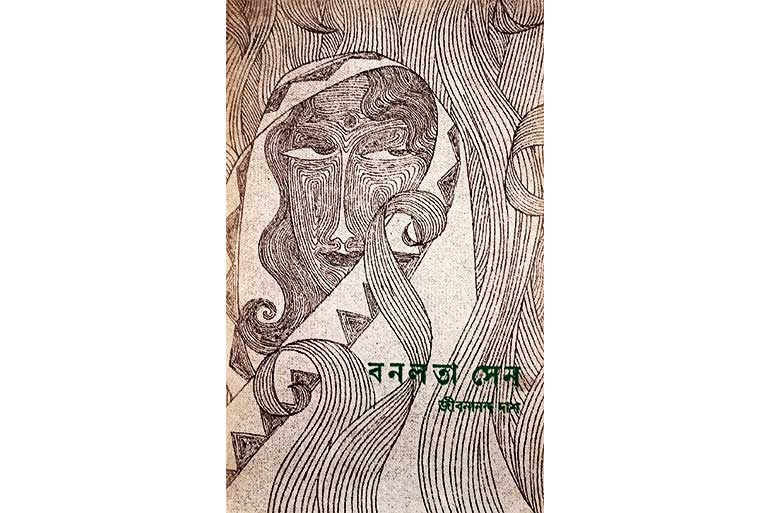The untold stories behind Shambhu Saha and Ray’s Bonolota Sen covers — GetBengal story

Jibanananda Das’s most popular poem, Bonolota Sen, has captured the imagination of generations—from his contemporaries to the present, from the common reader to the literary connoisseur.
In the hearts of Bengalis, Bonolota Sen appears sometimes as mysterious as Vinci’s Mona Lisa, and sometimes as the proclamation of first love. Unfortunately, despite its eventual popularity, at the time of its first publication, the literary society and readers paid little attention to Bonolota Sen and its creator. Perhaps for this reason, it remained largely unknown to most. Interestingly, before Satyajit Ray, the first edition of Bonolota Sen featured a cover designed by the renowned photographer Shambhu Saha.

Buddhadeb Basu played a significant role throughout Jibanananda Das’s life. It was he who first introduced Jibanananda to the literary world as we know him today. He realized that while Jibanananda’s poetry lingered in the ears of those who read it, readers at that time were not yet fully prepared to receive him; instead, the literary community secretly struggled to resist the urge to imitate him. Through Buddhadeb Basu’s relentless efforts, the first anthology of modern Bengali poetry was published by Kobita Bhavan, an anthology that began with Rabindranath Tagore. The emblem of Kobita Bhavan was a small boat sailing over waves.
Also read : Is Jibanananda’s Dhanseri dying?
Many more books were published by Kobita Bhavan, but the particularly noteworthy ones were the books in the “Ek Poishay Ekti” (One Penny One) series. The primary aim of this initiative was to draw readers’ attention toward innovative poetry. A secondary goal was to make a collection of good poems available to poetry lovers at an affordable price. These were tiny books, with sixteen pages each. With the price of one penny per page, the total cost came to sixteen pennies—equivalent to four annas at that time. Each of the sixteen pages contained as many poems as could be arranged in that format.
Many say that foreign examples influenced this series. It is believed that Buddhadeb Basu was inspired by the collection of thirteen poems by the renowned novelist James Joyce, titled “Pomes Penyeach”. However, while he took inspiration for the series’ name from Joyce, the concept and planning of this anthology were entirely his own.

The books were published between 1942 and 1944—a total of eighteen in all. It is known that each one became popular. A second edition was issued for four of the books. It was in this series that the first edition of Bonolota Sen (1942) was published, with the cover designed by photographer Shambhu Saha. The brown cover featured a small red sketch at its centre—a minimal drawing of a woman seen from behind. Shambhu’s thought process behind this cover has never been discussed, and it is not known whether he ever hand-drew any other book covers.
Shambhu Saha was the photographer who, at one point, became internationally recognized for his exclusive portraits of Santiniketan and Rabindranath Tagore. His photographs serve as historical records of Santiniketan. Many of these can be seen in the book Faces and Places of Visva-Bharati, edited by Shambhu Saha.
Jibanananda never made any comment on Shambhu Saha’s cover in the first edition. Yet, ten years later, he was deeply dissatisfied with the cover of Bonolota Sen for the second edition published by Signet, which was designed by Satyajit Ray.
“I was extremely disappointed seeing my Bonolota Sen. I have never seen such a bad book cover in my life,” he wrote in a letter to Surajit Dashgupta just three months after the book’s publication in 1952.

He also told his sister, Sucharita Das, “The paper, printing, and binding are all good, but I absolutely do not like the picture.” Such details are further documented in an essay by Jibanananda scholar Gautam Mitra.
“চুল তার কবেকার অন্ধকার বিদিশার নিশা,/মুখ তার শ্রাবস্তীর কারুকার্য; অতিদূর সমুদ্রের ’পর/ হাল ভেঙে যে-নাবিক হারায়েছে দিশা/ সবুজ ঘাসের দেশ যখন সে চোখে দেখে দারুচিনি-দ্বীপের ভিতর,/ তেমনি দেখেছি তারে অন্ধকারে; বলেছে সে, ‘এতদিন কোথায় ছিলেন?’/ পাখির নীড়ের মতো চোখ তুলে নাটোরের বনলতা সেন।”
It is as if Satyajit Ray, in countless sketches, imagined Bonolota Sen through these very lines. His cover design sparked much discussion—but only Jibanananda was dissatisfied. Why? Was it that the poet, who in the poem seeks a trace of peace from the girl, did not wish for her to take any form in reality? Who truly is the mysterious Bonolota Sen of Jibanananda’s mind? The depths of the poet’s heart remain elusive. Perhaps that is why Jibanananda Das’s Bonolota Sen will forever remain immortal in the mystery of poetry.
Note:
Translated by Sabana Yasmin
To read the original Bengali article, click here:











